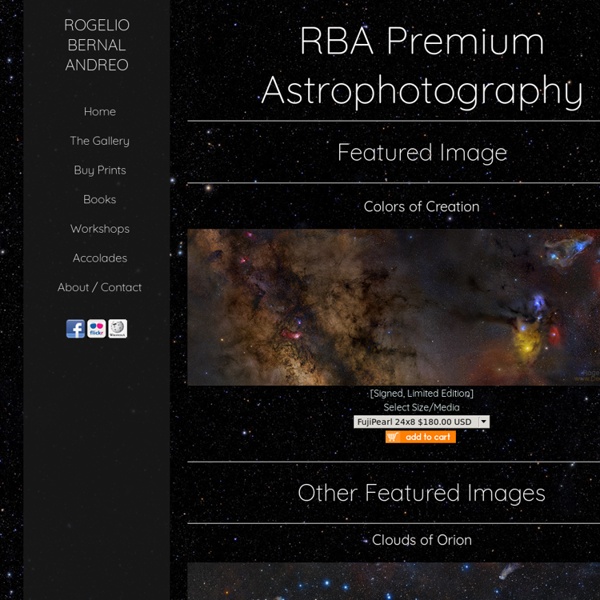Deep Sky Colors - Astrophotography by Rogelio Bernal Andreo
[ Hide the intro ] Have you looked at the night sky lately? If you did it from a "light polluted" city, you may have seen a greyish sky and a handful of stars. If you did it from a suburban or country-side area, you probably saw many more stars and perhaps even a decent view of our Milky Way. The sky however is filled with objects and landscapes that go well beyond what our eyes can see. Join me to discover all the colors the night sky can offer.
http://www.deepskycolors.com/
A video map of motions in the nearby universe
(Phys.org) —An international team of researchers, including University of Hawaii at Manoa astronomer Brent Tully, has mapped the motions of structures of the nearby universe in greater detail than ever before. The maps are presented as a video, which provides a dynamic three-dimensional representation of the universe through the use of rotation, panning, and zooming. The video was announced last week at the conference "Cosmic Flows: Observations and Simulations" in Marseille, France, that honored the career and 70th birthday of Tully. The Cosmic Flows project has mapped visible and dark matter densities around our Milky Way galaxy up to a distance of 300 million light-years.
Infra Insight Blog: by Nossaman LLP Infrastructure
Hubble Telescope Reveals Deepest View of Universe Ever
The Hubble Space Telescope has captured the farthest-ever view into the universe, a photo that reveals thousands of galaxies billions of light-years away. The picture, called eXtreme Deep Field, or XDF, combines 10 years of Hubble telescope views of one patch of sky. Only the accumulated light gathered over so many observation sessions can reveal such distant objects, some of which are one ten-billionth the brightness that the human eye can see.
Hubble zooms in on a space oddity
A strange, glowing green cloud of gas that has mystified astronomers since its discovery in 2007 has been studied by Hubble. The cloud of gas is lit up by the bright light of a nearby quasar, and shows signs of ongoing star formation. One of the strangest space objects ever seen is being scrutinised by the penetrating vision of the NASA/ESA Hubble Space Telescope. A mysterious, glowing green blob of gas is floating in space near a spiral galaxy.
Total Solar Eclipse 2012 photos, near Mount Carbine, Queensland, Australia
November 14, Queensland, Australia Homepage Astrophotos Australia 2012 photos Purchase Photos! Total Solar Eclipse of November 14, 2012, as seen from a hilltop about 20 miles west of the Outback town of Mount Carbine, Queensland, along the Mulligan Highway (Peninsula Development Road), a road only paved in recent years. Heading inland to get away from coastal showers and clouds which were promising to interfere with the viewing, we drove some 150 miles into the outback to find a good spot the day before and settled upon a remote hillside, up along a dirt track that pulled away from the main road. The location was about 40 miles inland, and 67 miles from Cairns, as the crow flies. About 20 other cars camped out here as well under very dark skies.
Top 100 Astronomers You’ve Probably Never Heard Of
How many of the faces above do you recognise? For a long time, I’ve wanted to investigate the the “who’s who” of astronomy via the literature but haven’t had the means. I’ve teamed up with Andy Casey who has written a neat ADS-python module to access the ADS publication database. It is still early days at the moment so we’ve mainly been brainstorming but we figured we should start with the basics: most cited astronomers. There will be more posts to follow as we have more ideas under construction.
Hubble Wallpaper
Videos See the universe come to life via animations, scientific visualizations, expert commentary, and more.
Hubble data predicts Milky Way galactic collision
When Galaxies Collide! It sounds like an early science fiction novel. However, analysis of Hubble measurements shows that our own Milky Way galaxy is moving toward a head-on collision with our nearest neighbor, the Andromeda galaxy (also known as M31). The collision will start in about four billion years, and over the following three billion years the two spiral galaxies will coalesce into a large elliptical galaxy. Based on this data, NASA has produced a video of the upcoming collision. View all
Related:
Related:



